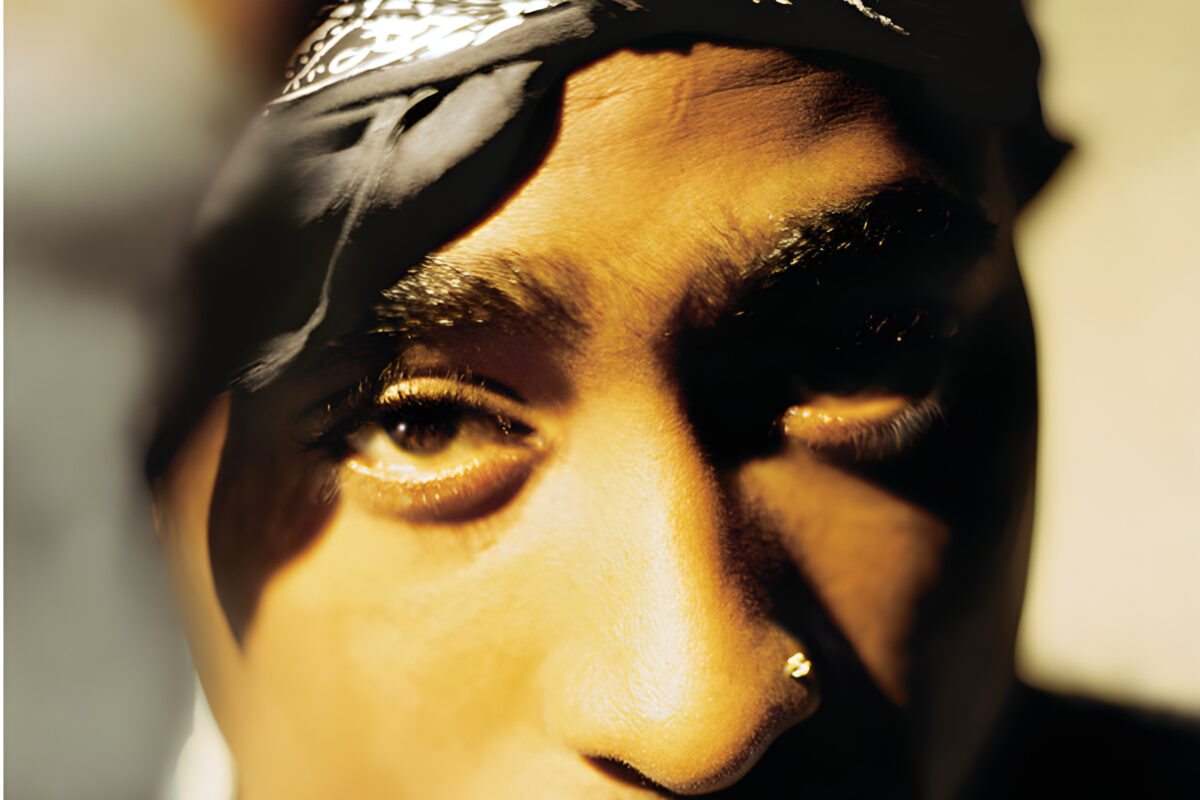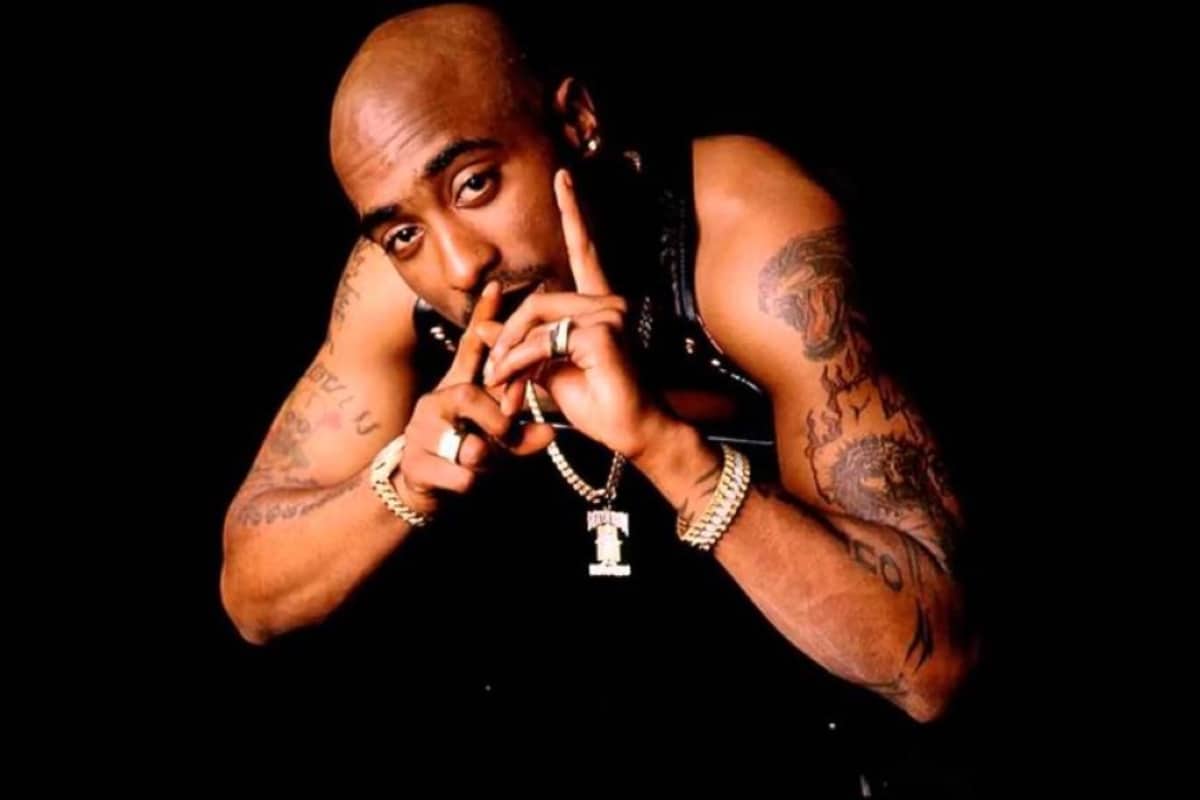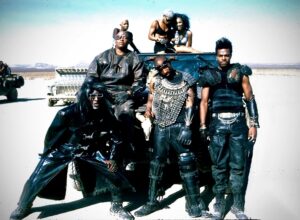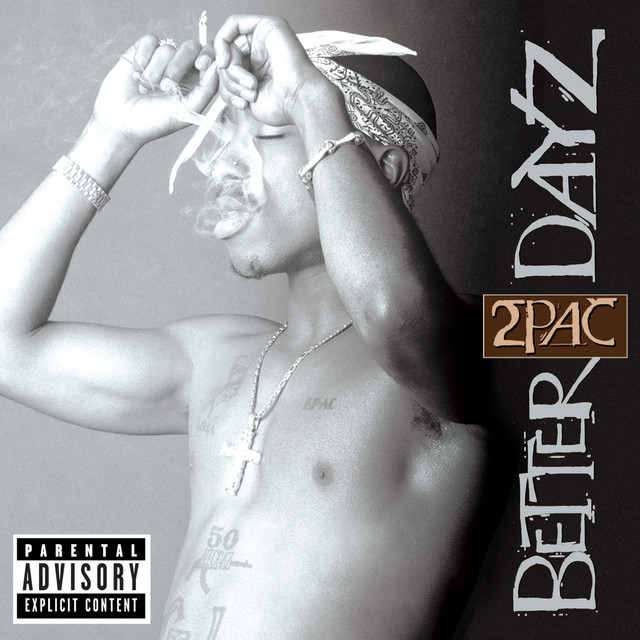Released: 1998
“Hail Mary” by 2Pac, a song from his posthumously released album ‘The Don Killuminati: The 7 Day Theory,’ is a profound exploration of themes such as vengeance, spirituality, and the constant struggle of life as a notorious figure in the hip-hop world. Known for its intense and somewhat dark lyrical content, it serves as a narrative of survival amidst adversity, heavily laden with religious symbolism and personal introspection. Tupac, using his alter ego Makaveli, addresses issues of violence, the criminal justice system, and personal redemption.
The hook, “Come with me, Hail Mary, nigga, run quick see,” evokes a sense of urgency and introspection. By calling out ‘Hail Mary,’ a reference to the Christian prayer for protection, Tupac juxtaposes a religious undertone against a gritty life filled with peril. It invites the listener to journey through his challenges and existential contemplations, encapsulating the battle between seeking peace and facing brutal realities.
The chorus “Do you wanna ride or die?” poses a question that transcends the mere act of living or dying, symbolizing a deeper philosophical choice. Tupac isn’t just questioning whether to continue fighting against societal pressures or to succumb, but he is exploring a choice of alignment—whether one is committed to his path or not. The decision of “ride or die” underscores the resilience and loyalty within his community, and the constant confrontation with life’s hardships.
As the song unfolds with the first verse, “I ain’t a killer, but don’t push me,” Tupac addresses his persona and reputation. Here, he explores themes of restraint, retaliation, and personal pride. He equates revenge to an addictive sensation, demonstrating how deep grievances within his environment lead to a cyclical and relentless desire for payback. His awareness of his impact and reflection on the weaknesses within the music industry illustrates his attempt to use wisdom over brute force.
The second verse offers an intense glimpse into the artist’s world. Words like “penitentiaries is packed with promise-makers” reveal the systemic challenges faced by those who live on the margins. 2Pac portrays the institutional constraints as a molding force on one’s character. He grapples with the paradox of needing toughness to survive while longing for something as simple as a genuine smile, offering a poignant picture of conflict between humanity and survivalism.
Verse three dives into the realities of gang affiliation and substance abuse, a grim testament to the social structures that influence behavior. When Tupac talks about “twisted, blistered and high,” he isn’t glorifying drug use but rather exposing it as a coping mechanism for pain and trauma. This lifestyle, perpetuated by violence and paranoia, represents a recurring theme of distrust and hostility that is often romanticized but tragically real.
“Forever live, and I multiply, survived by thugs” is a line resonating with the theme of legacy. Tupac envisages a lasting impact beyond death, suggesting that his influence and message endure through those who identify with his struggles. It implies that even in his absence, the spirit of resistance continues to echo within his community. It becomes a declaration of his influence within the hip-hop realm and beyond.
Throughout the lyrics, Tupac adopts a tone of both aggression and reflection. Lines like “we break beat-breaks, Outlawz on a paper chase,” reflect the constant pursuit of success and fulfillment amid hardship. His narratives are layered with personal accounts, offering listeners a mirror to society’s underlying injustices and their repercussions. His constant reflection on life’s impermanence underscores his spiritual musings.
Tupac’s artistic ability is shown through his raw and evocative language, striking imagery, and clever wordplay. The symbolic usage of “Hail Mary” throughout the track not only ties to religious salvation but also alludes to the concept of seeking refuge and redemption in a chaotic life. The biblical references are not simply religious endorsements but tools for cultural commentary and personal storytelling.
In the grander scope of Tupac’s work, “Hail Mary” is an epitome of his depth as an artist and his nuanced understanding of human struggles. His vivid portrayal of life through a thug’s lens sheds light on broader societal issues, from systemic injustice to the essence of personal loyalty and vengeance. This song remains a timeless piece of hip-hop artistry, reflecting not just a personal narrative but a collective consciousness, echoing the voices of those marginalized and silenced.








